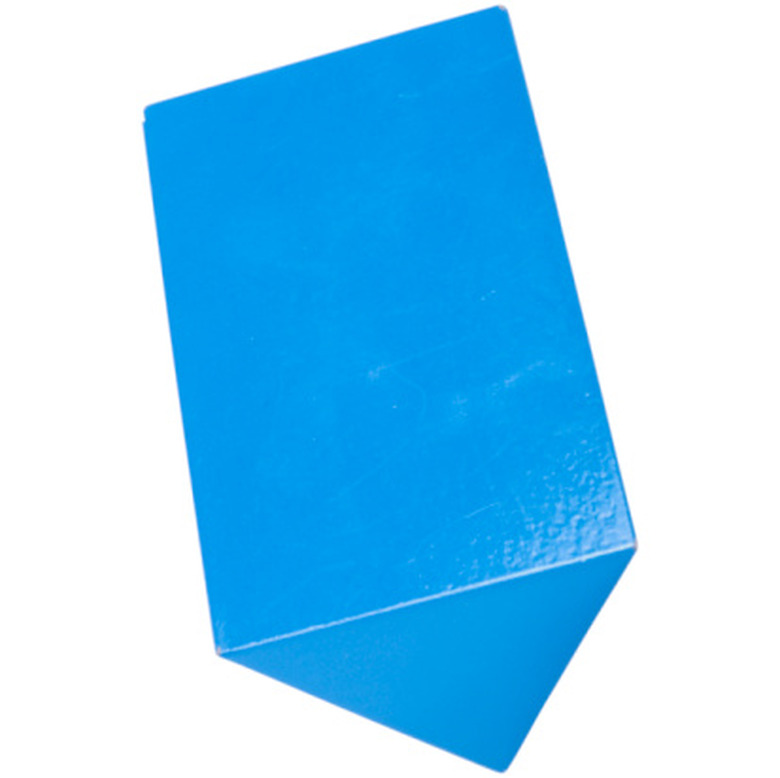How To Find The Perimeter Of A Prism
You can see prisms in both math class and throughout your everyday life. A brick is a rectangular prism. A carton of orange juice is a type of prism. A tissue box is a rectangular prism. Barns are a type of pentagonal prism. The pentagon is a pentagonal prism. A fish tank is a rectangular prism. This list goes on and on.
Prisms by definition are solid objects with identical end shapes, identical cross sections and flat side faces (no curves). And while most math problems and real world examples regarding prism calculations have to do with a volume formula or a surface area formula, there's one calculation that you need to understand first before you can do that: the perimeter of a prism.
What Is a Prism?
What Is a Prism?
The general definition of a prism is a 3-dimensional solid shape that has the following characteristics:
- It is a polyhedron (meaning it is a solid figure).
- The cross section of the object is the exact same throughout the length of the object.
- It is a parallelogram (a 4-sided shape where the opposite sides are parallel to each other).
- The faces of the object are flat (no curved faces).
- The two end shapes are identical.
The name of the prism comes from the shape of the two ends, which are known as the bases. This can be any shape (besides curves or circles). For example, a prism with triangular bases is called a triangular prism. A prism with rectangular bases is called a rectangular prism. This list goes on.
Looking at the characteristics of prisms, this eliminates spheres, cylinders and cones as prisms because they have curved faces. This also eliminates pyramids because they don't have identical base shapes or identical cross sections throughout.
Perimeter of Prism
Perimeter of Prism
When talking about the perimeter of the prism, you're actually referring to the perimeter of the base shape. The perimeter of the base of a prism is the same as the perimeter along any cross section of the prism since all cross sections are the same along the length of the prism.
Perimeter measures the sum of the lengths of any polygon. So for each prism type, you'd find the sum of the lengths of whatever shape is the base, and that would be the perimeter of the prism.
The formula for finding the perimeter of a triangular prism, for example, would be the sum of the three lengths of the triangle that makes up the base, or:
\(\text{Perimeter of triangle } = a + b + c\)
where a, b and c are the three lengths of the triangle.
This would be the perimeter of a rectangular prism formula:
\(\text{ Perimeter of rectangle } = 2l + 2w\)
where l is the length of the rectangle and w is the width.
Apply standard perimeter calculations to the base shape of the prism, and that gives you the perimeter.
Why Would You Need to Calculate the Perimeter of a Prism?
Why Would You Need to Calculate the Perimeter of a Prism?
Finding the perimeter of a prism doesn't seem too complex once you understand what's being asked. However, the perimeter is an important calculation that factors into surface area and volume formulas for some prisms.
For example, this is the formula for finding the surface area of a right prism (a right prism has identical bases and sides that are all rectangular):
\(\text{Surface Area } = 2b + ph\)
where b is equal to area of the base, p is equal to the perimeter of the base and h is equal to the height of the prism. You can see that perimeter essential for finding the surface area.
Example Problem: Perimeter of a Rectangular Prism
Example Problem: Perimeter of a Rectangular Prism
Let's say you're given a problem with a right rectangular prism and you're asked to find the perimeter. You're given the following values:
Length = 75 cm
Width = 10 cm
Height = 5 cm
To find the perimeter, use the formula for finding the perimeter of a rectangular prism since the name tells you the base is a rectangle:
\(\begin{aligned}\)
\(\text{Perimeter } &= 2l + 2w\)
\(&= 2(75 \text{ cm}) + 2(10 \text{ cm} )\)
\(&= 150 \text{ cm} + 20 \text{ cm}\)
\(&= 170 \text{ cm}\)
\(\end{aligned}\)
You can then go on to find the surface area because you're given the height, you have the perimeter of the base and it's given that this prism is a right prism.
The area of the base is equal to length × width (as it always is for a rectangle), which is:
\(\begin{aligned}\)
\(\text{ Area of base } &= 75 \text{ cm} × 10 \text{ cm}\)
\(&= 750 \text{ cm}^2\)
\(\end{aligned}\)
Now you have all the values for a surface area calculation:
\(\begin{aligned}\)
\(\text{ Surface Area } &= 2b + ph\)
\(&= 2(750 \text{ cm}^2) + 170 \text{ cm}(5 \text{ cm})\)
\(&= 1500 \text{ cm}^2 + 850 \text{ cm}^2\)
\(&= 2350 \text{ cm}^2\)
\(\end{aligned}\)
Cite This Article
MLA
Walsh, Elliot. "How To Find The Perimeter Of A Prism" sciencing.com, https://www.sciencing.com/perimeter-prism-8365534/. 22 December 2020.
APA
Walsh, Elliot. (2020, December 22). How To Find The Perimeter Of A Prism. sciencing.com. Retrieved from https://www.sciencing.com/perimeter-prism-8365534/
Chicago
Walsh, Elliot. How To Find The Perimeter Of A Prism last modified March 24, 2022. https://www.sciencing.com/perimeter-prism-8365534/
